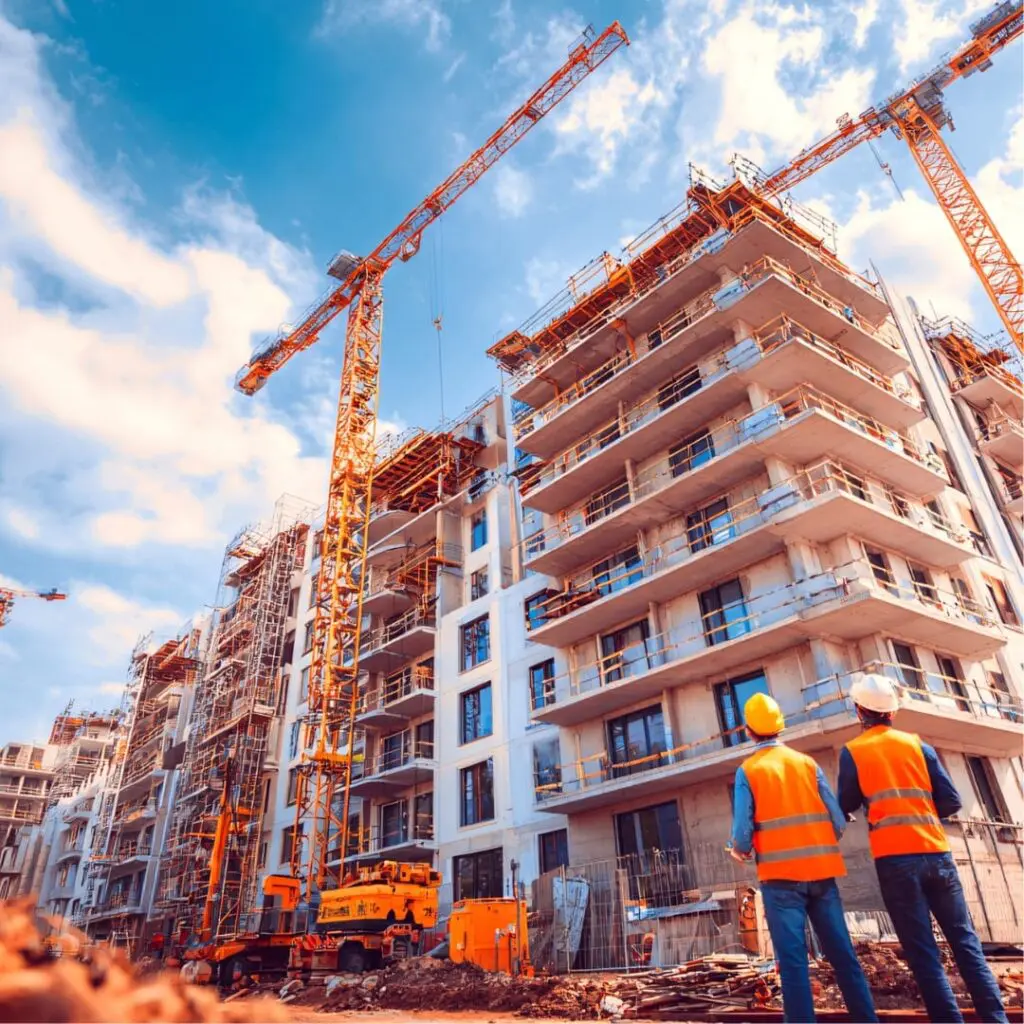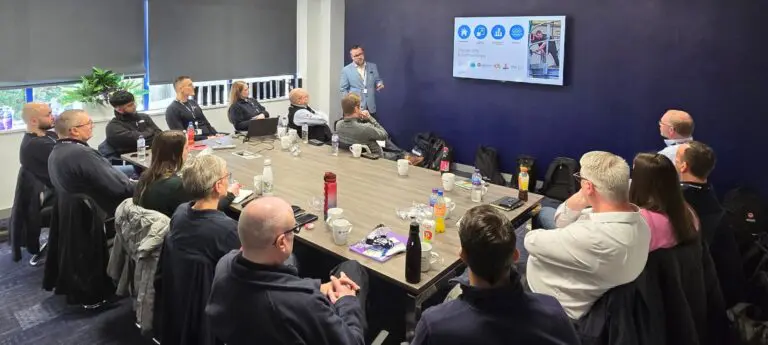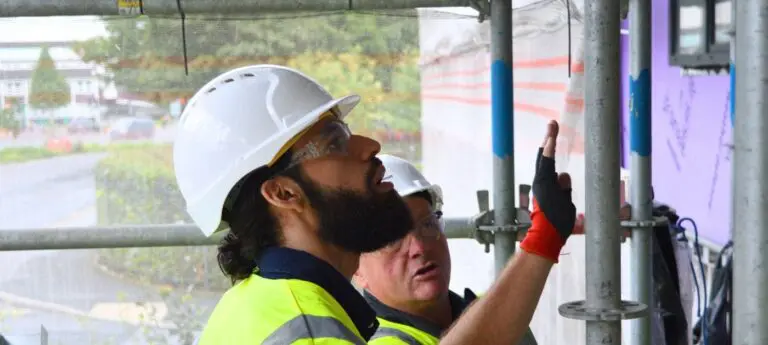The BSR Gateway Approval Process
Having addressed the practicalities of Gateway 2 applications in my previous article, it’s time to take a closer look at the Building Safety Regulator (BSR) Gateway approval process. Specifically, I’ll discuss the growing delays, the challenges applicants face, and the reforms underway to improve outcomes.
Talk to us for expert guidance with your BSR application

Adam Taylor, National specification manager, Tenmat

delays & rejections
The Current Landscape
Since it was launched in October 2023, the Gateway approval process has received over 2,000 applications. In that time only 338 applications have been approved. The system initially processed 100% of applications within the statutory timeframe of 12 weeks – but that figure has now dropped to just 33%.
Gateway approval times have increased dramatically:
Between October 2023 and March 2025 1,089 applications received decisions. Of those decisions 338 were approved, 125 were withdrawn, 142 were rejected, and 484 were deemed invalid.
25 weeks
Average approval time
25 weeks
36 weeks
New Builds
Up to 36 weeks
37 weeks
High-risk remediation projects
Up to 37 weeks
NAVIGATING THE DELAYS AND THE ROAD AHEAD
The importance of compliance
According to the HSE, approximately 70% of applications are rejected due to missing legal documentation or failure to meet safety and quality standards. Even more concerning is that 40% of applications are rejected at the validation stage due to missing basic information.
Project Application Overview
Screenshots from active application reviews show the extensive documentation required in BSR submissions, highlighting the importance of thorough preparation and legal compliance. This reinforces just how easy it is to come up short early on in the process.
Common feedback from the BSR includes:
Missing Documentation
Insufficient demonstration of regulatory compliance
Structural and fire safety concerns
the future of gateway approval
What's Changing?
In response to the delays, several improvements aimed at tackling the backlog of applications are underway:
- Recruitment has resulted in doubled monthly decision rates since March.
- Dedicated teams now handle new builds and remediation separately.
- A new Innovation Unit is being launched to fast-track applications.
- AI-based pre-application screening tools are being explored.
- The outsourced MDT model is being replaced with a centralised in-house team.
- A hybrid processing model will retain some outsourcing via HSE-approved providers.

Leadership and Strategic Direction
The Gateway 2 process has become a major bottleneck, with delays stretching up to a year for a process originally designed to take 12 weeks. The issue has reached Parliament, prompting action.
Key developments
- Andy Roe, the new Chair of the BSR, is committed to reducing delays by year-end (2025).
- Relationship managers are being introduced to support developers.
- A proposed Trusted Partner Scheme could offer lighter regulation for developers with strong compliance records.
- Support for smaller developers is being prioritised to ensure fairness.
Challenges ahead
Data & IT Systems
- Lack of robust IT infrastructure is hindering data management and tracking.
- Manual data segregation is creating unnecessary red tape.
Staffing Shortages
- Recruitment of skilled building inspectors is ongoing.
- Competition from the private sector is driving up salaries.
- Local authorities are struggling to retain talent due to pay constraints.
Regulatory Pressure
- As of August 2025, 156 applications covering 34,965 units were awaiting decisions.
Conclusion
The BSR is at a critical juncture. Delays have caused understandable frustration across the industry, but the regulator is reforming its processes to improve how it works — aiming for greater efficiency, transparency, and fairness. For applicants, the message is clear: prepare thoroughly, engage early, and stay informed. The Building Safety Act has raised the bar, and navigating it well means being proactive, not reactive.
Learn how to prepare for Gateway 2 effectively by reading our Practical Guide – or contact us today for advice and support.







